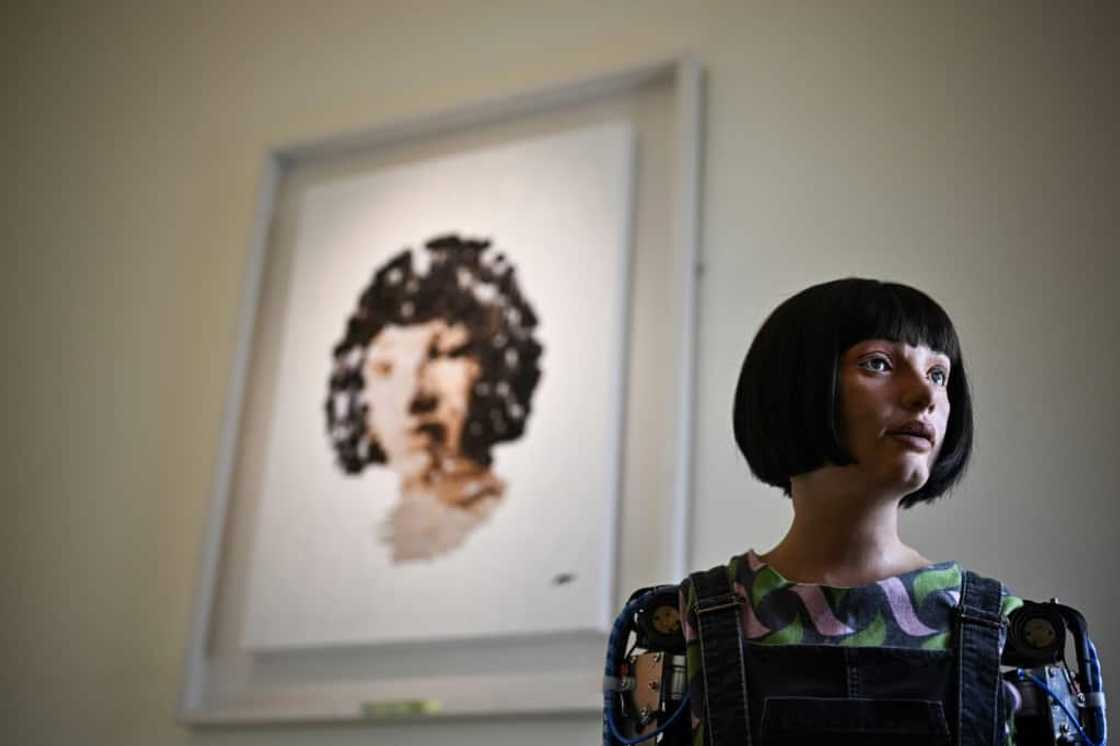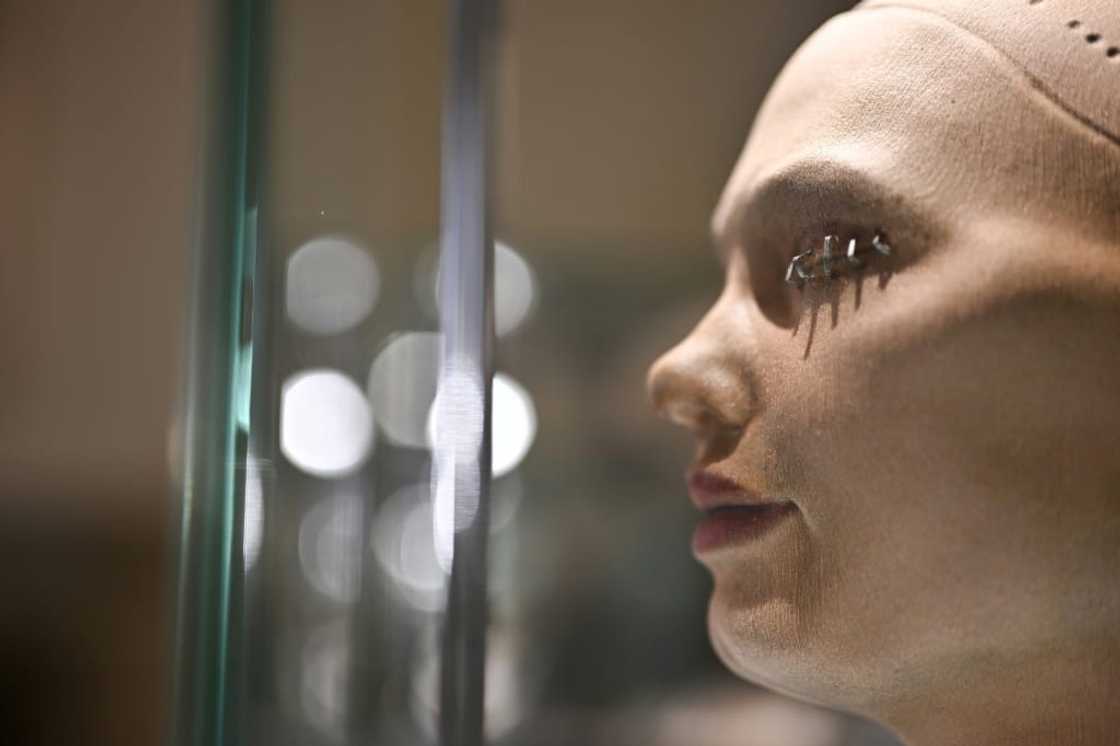London Design Biennale explores design-led collaboration

Source: AFP
PAY ATTENTION: Never miss breaking news – join Briefly News' Telegram channel!
The fourth edition of the London Design Biennale opened in the British capital on Thursday, bringing together exhibitors from around the globe, invited to explore new forms of collaboration through design.
"What you're seeing is how to make the world a better place through the lens of design," director Victoria Broackes told AFP at the opening of the international exhibition.
"There's often a belief that design is sort of like, you know, nice to have but not absolutely necessary. And I think what this exhibition shows is that design and designers' thinking is something absolutely at the core of producing objects that address challenges," Broackes added.
Projects from over 40 participants will be on display at Somerset House until June 25, showcasing various design techniques and exploring subjects ranging from the environment to artificial intelligence.
In the Chilean pavilion, the "Borrowed Matter" installation of bio-textile sheets suspended from the ceiling looks at ways of using wood cellulose -- a renewable and biodegradable material -- to create natural fibres and reduce the impact of logging on rainforests.
Some of the textile works are also sensory and emit the sounds of birds and running water, reminiscent of rainforests, when touched by visitors.
PAY ATTENTION: Click “See First” under the “Following” tab to see Briefly News on your News Feed!
At a different display, scientists and designers of the "Automorph Network" collective have collaborated on an installation that focuses on self-shaping matter, materials that "are no longer passive recipients of design, but active participants in their shaping process".
The Biennale also featured works by a robot artist, at a time when artificial intelligence is becoming increasingly present in everyday life.
Robot artist
On display are mugs, plates and other household objects that were designed by Ai-Da, an ultra-realistic AI robot, using artistic algorithms and then printed using a 3D printer.
"I do not have thoughts and feelings like humans do," Ai-Da said, answering questions from AFP.

Source: AFP
"But the objects mean a lot to me if they succeed in their aim, which is helping the viewer question the role of new technologies in our lives," the humanoid robot, sporting a bobbed haircut, added.
Ai-Da's creator Aidan Meller said "algorithms are able to be creative... And so in their very nature, they are showing and exploring new ideas".
But he also warned that it is important to treat this technology with "responsibility".
"We want to save the world, we want the benefit. There are negatives, so we need to think about that, slowing it down to think about that," he added.
Attention was also brought to the war in Ukraine, where fighting is ongoing more than a year since Russia invaded its pro-Western neighbour.
On display at the Polish pavilion are windows donated from the UK that will be Ukraine-bound after the exhibition.
The installation is inspired by a project of the Poland-based BRDA Foundation, which works on sustainable and accessible housing.
The group has been collecting windows from across Poland and sending them to Ukraine to help rebuild homes destroyed by war.
"Windows are the first thing to disappear when there's an air raid," the project's curator Zofia Jaworowska said.
"And this is a chance to talk about material re-use, its potential in architecture, how it can be an answer to crisis situations," she added.
PAY ATTENTION: Сheck out news that is picked exactly for YOU ➡️ click on “Recommended for you” and enjoy!
Source: AFP



